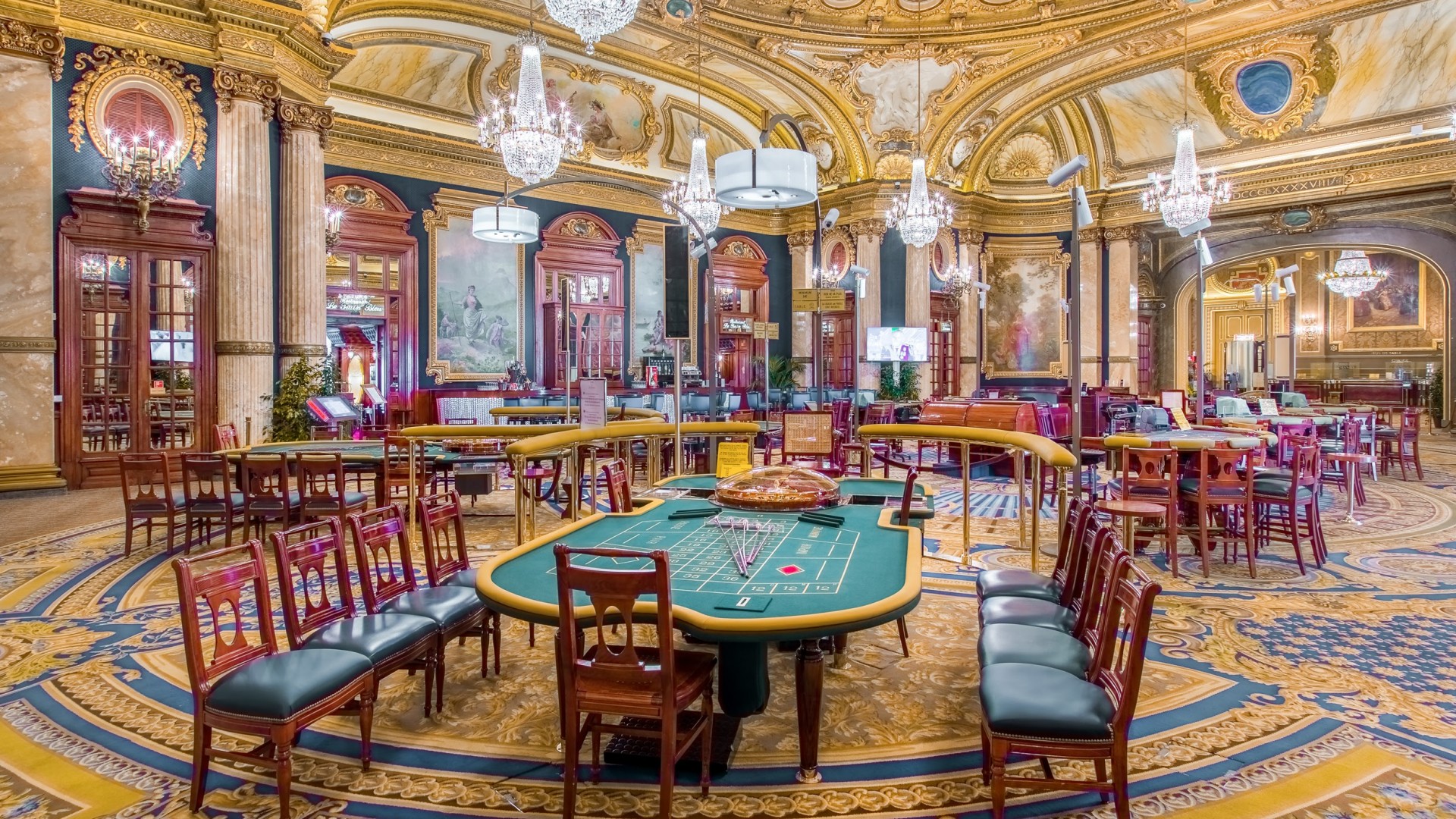
Gambling games have long captivated the human imagination, drawing gamblers into a world filled with chance, planning, and the allure of adventure. Each activity is meticulously crafted not just for entertainment, but also to inspire specific emotional responses that keep gamblers engaged and interested. Understanding the motivations behind these designs reveals much about how human psychology plays a vital role in the gaming experience.
From the bright lights and lively sounds to the complex layering of guidelines and rewards, casino games are designed to create an atmosphere of excitement and expectation. Game designers leverage mental cues to influence participant behavior, whether through the use of jackpots, near-miss scenarios, or social interactivity. By examining these aspects, we can better appreciate how casino games fulfill not just a desire for entertainment, but underlying psychological needs for thrill and risk.
Understanding Player Actions
Casino games are designed with a deep comprehension of player psychology, which is vital for attracting and holding players. The excitement of the game, alongside the hope of winning, creates a powerful attraction. Game designers employ elements like sound effects, dynamic graphics, and captivating gameplay to capture attention and generate emotional responses. These sensory effects enhance the total environment, making players feel more invested in the game.
Another significant aspect of player behavior is the notion of risk versus reward. Casino games often balance risky situations with the potential for significant rewards, which can result in the event known as near-miss phenomenon. When players come close to winning, the brain releases dopamine, reinforcing their behavior and motivating them to keep playing in search of that fleeting win. This cycle of wish and letdown plays a key role in how games are constructed and advertised.
Lastly, social factors also play a pivotal role in player behavior at casinos. Many games are made to be played in pairs or with other players, creating a sense of community and shared experience. The community engagement inherent in games like poker enhances enjoyment and can lead to longer play sessions. Designers leverage on this by designing environments that prompt players to stay, socialize, and revisit, making the overall casino experience more inviting.
The Role of Visuals and Sound
Imagery and audio play a significant role in elevating the gambler’s experience within casino games. Designers utilize bold colors, striking graphics, and captivating animations to capture gambler’s attention and sustain their interest. The use of themes, such as adventure or opulence, helps create an enthralling atmosphere that transports players into another world. By appealing to the senses, these elements add to a heightened emotional response, encouraging players to interact more deeply with the games.
Sound design is just as important in enhancing the overall experience of casino games. The combination of background music, audio effects for winning combinations, and ambient noises creates an sound landscape that keeps players enthralled. Audio cues associated with victories, such as ringing bells or celebratory music, evoke feelings of thrill and satisfaction, prompting players to keep playing. These sound cues are carefully placed to enhance the excitement of the game and create a more engaging experience.
Additionally, the synchronization of imagery and sound is important for supporting the game’s overall concept and mood. Each element should coordinate harmoniously to create a unified experience that pulls players in. The effective use of this synergy not only enhances user satisfaction but also boosts the likelihood of repeat play, as players become more invested in the immersive world that the gambling games offer. This thoughtful combination of imagery and sound ultimately enhances player involvement and loyalty.
Incentive Structures and Participation
The design of gambling experiences greatly relies on incentive structures to keep participants involved and returning for additional experiences. These structures are based in behavioral principles that take advantage of human behavior and motivation. Players are often driven by the thrill of winning, which is reinforced by instant responses through the game’s mechanics. This prompt satisfaction not only improves the overall experience but also fosters a sense of achievement, encouraging players to keep participating in hopes of bigger rewards.
Casinos utilize various reward structures, including large payouts, bonuses, and increased rewards, to engage players. These features create a level of excitement that maintains engagement. Additionally, the randomness of outcomes plays a crucial role in keeping attention. The variable reward system, where wins are random but happen often enough, maintains players on edge and driven to keep playing. This loop of anticipation and expectation is foundational to the success of gambling experiences.
Furthermore, social elements, such as competitive events and collaborative options, boost the engagement factor by tapping into the competitive nature of participants. The shared experience of playing with fellow participants can amplify the excitement of success and create a sense of community within the casino. By integrating these community elements with efficient reward systems, gambling experiences not only offer fun but also foster a deeper bond among players, solidifying their commitment to the overall experience. https://shbet.asia/
